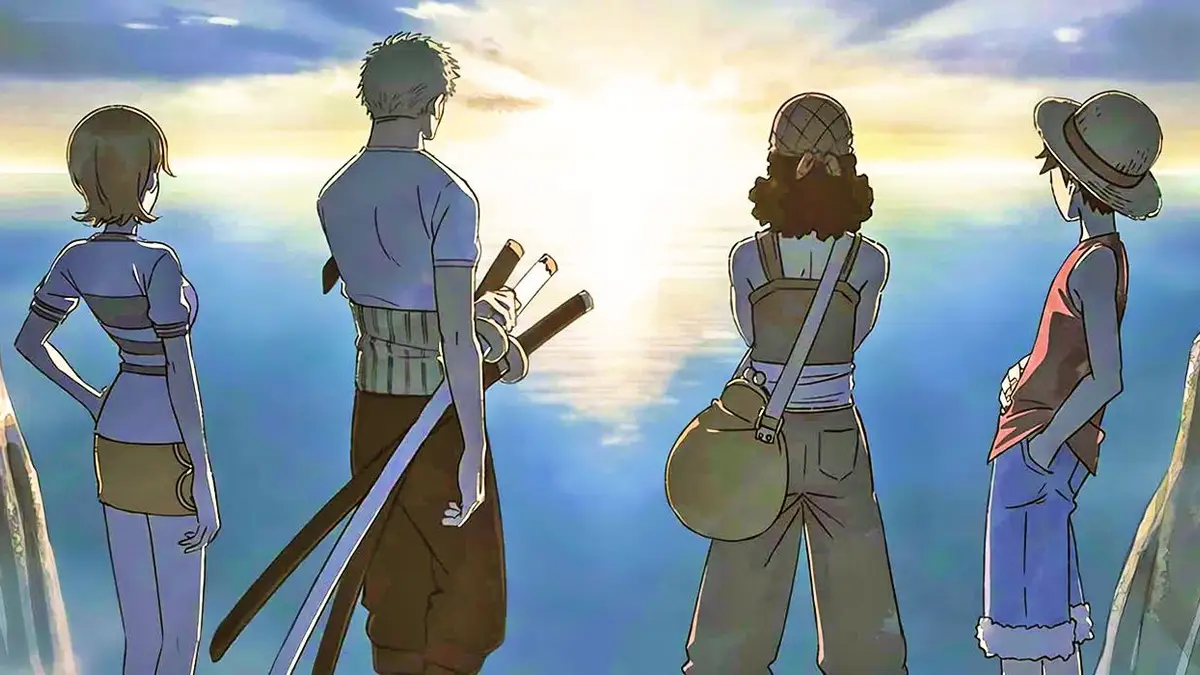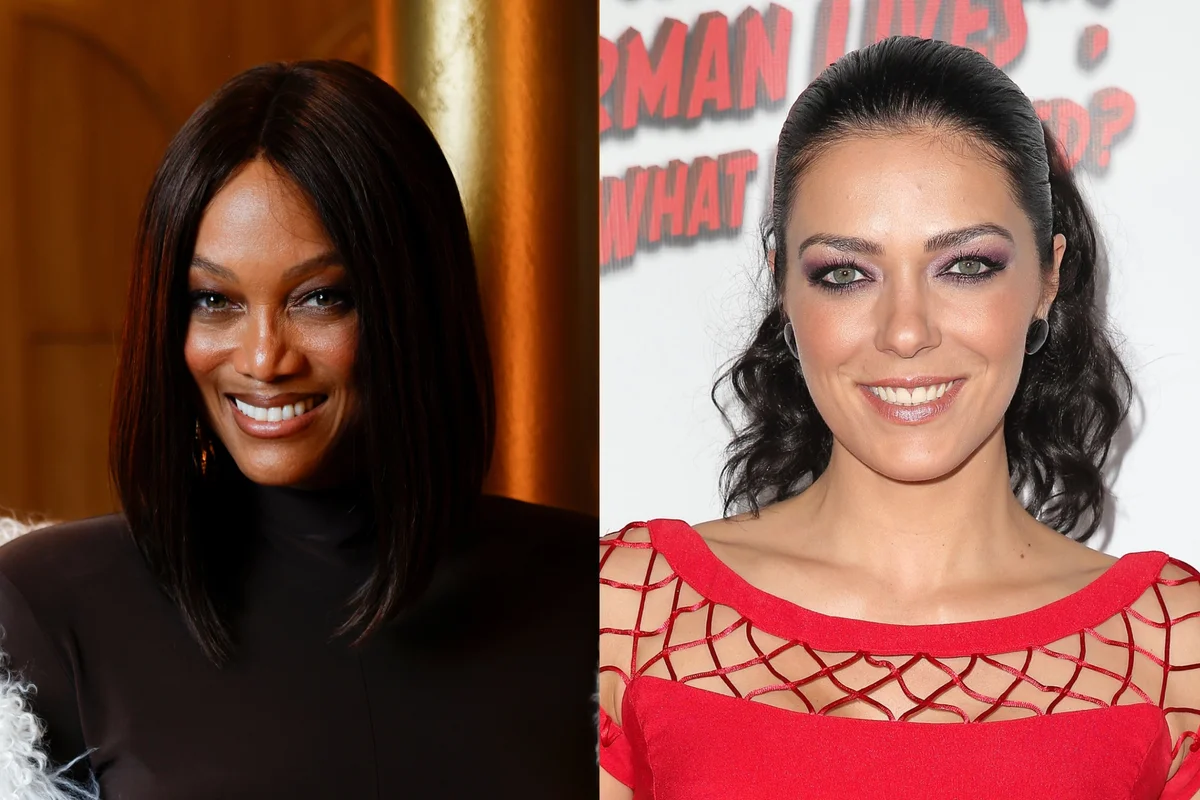Copyright Polygon

A grand anime tradition died on Oct. 28, 2025. For many decades, if you lived in Japan, you could turn on the TV on a specific day every week and know that your favorite series would be on, no matter the time of the year (except for a few holidays). In the West, the process wasn’t exactly the same before streaming, but nonetheless, the golden age of anime was headlined by series such as One Piece, Bleach, and Naruto (collectively known as “the big three”) which had one thing in common: each week, a new episode was on air. Now, the last bastion of the old-school way of producing anime has embraced the inevitable progress. Starting in 2026, after a three-month break, Toei Animation will only produce 26 One Piece anime episodes per year, divided into two seasons. Moreover, each episode will adapt no less than one chapter of the manga, meaning no more padding (the unnecessary stretching of scenes to kill time) or filler episodes exclusive to the anime that deviated from the source material to allow the mangakas to produce more original content. Understandably, One Piece was the last important anime that still hadn’t adopted the seasonal format. Every other manga of the “big three” has long since ended, while Eiichiro Oda’s masterpiece has just crested chapter #1163, and shows no signs of stopping (even if the ending is in sight, but with no precise timeline yet). That meant that the anime still had a quasi-weekly source of material to adapt. But things weren’t so simple. First, Oda works at a slower pace than other mangaka (and in my opinion, has more than earned the right to do so). In 2024, 32 chapters of the One Piece manga were released, compared to 34 episodes of the anime premiering in the same year. In 2023, the number of episodes was 52, meaning the anime didn’t skip a week. That pace was unsustainable without a heavy use of filler and padding, which is no longer acceptable. Nowadays, fans simply want a good anime. They don’t want recap episodes, “anime-only arcs,” nor scenes that stretch for an unreasonable amount of time. Things like One Piece’s Ocean Dream arc (where the crew lost their memories for six pointless episodes) are, by today’s standards, a waste of time that sullies the good reputation of a show. More importantly, the level of animation quality expected from a series is higher than ever. One Piece has improved vastly on that front in the past couple of years. That quality is also not sustainable for the animators behind a weekly anime. From January to April 2025, the anime series took one of its longest hiatuses ever to give the production team the time needed to deliver the quality that fans expect. In hindsight, Toei Animation was probably testing the waters before deciding to switch to the seasonal model followed by basically every other anime. Massive hits such as Jujutsu Kaisen, My Hero Academia, and Demon Slayer come out seasonally, with one or two “cours” per year, giving their staff the time to produce a great anime. If an ongoing manga is the source material, this also gives it time to accumulate many chapters to be adapted. It’s the way things are, but I can’t deny feeling some bittersweet nostalgia, knowing that the age of weekly anime is over. A generation of otaku like me grew up watching Naruto, One Piece, Bleach, and more every day. Depending on where you lived, you often had to get creative on how to watch it, but there was that reassurance that the anime was still going on somewhere, and sooner or later, new episodes would be available. Heck, I’ll say it: I even miss learning what filler was (brilliantly explained by Gintama in the video below) and how to navigate and avoid it. Today, quality is king. We’re learning it the hard way from the disconcerting reactions to One-Punch Man season 3. If the Naruto anime came out today, with its wild shifts in animation quality, it would probably be canceled before Shippuden. With Bleach, instead, Pierrot Studio had the chance to pioneer this shift when it came back with Thousand-Year Blood War, which adapts the last arc of the manga that the original anime couldn’t get to. Beginning in 2022, TYBW is a seasonal anime that emphasizes quality and good pacing, and the results have been spectacular. The only other fossil of the old school of weekly anime was Boruto, which somehow tried to continue the tradition of Naruto, airing nonstop between April 2017 and March 2023. It was a doomed project, considering that the manga switched from weekly to monthly publication in 2019: As a result, 70-80% of the anime is made up of filler episodes. Will fans be happy to get less One Piece but with better quality? I think the answer is yes, considering there’s no shortage of content from the franchise, including the manga, the ongoing live-action series, the movies, and the announced remake of the anime. Also, remembering the spectacular episodes produced by the likes of Megumi Ishitani and Vincent Chansard while working on a tight schedule, I can’t even begin to imagine what they will do with more time and resources. There are more aspects to consider regarding the end of the weekly anime era. This model was suited for television, and while seasonal anime still air on TV in Japan, the cultural shift is undeniable. Will Fuji TV still be willing to pay good money for One Piece when it can profit from it only 26 weeks per year? Interestingly, the network recently replaced its Tuesday night drama slot with anime programming in an attempt to consolidate profits. In the past decade, anime has become one of the most profitable and fastest-growing entertainment industries in the world. With such impressive momentum, change is inevitable: the advent of streaming, multi-million dollar movies, and more. Among all that, the One Piece anime seemed to be the last bastion of a bygone era. As this is now over, I am left with a bittersweet feeling and a duty to appreciate the series for its capacity to remain relevant for almost three decades. Adapting to the times is surely a reason for that.



